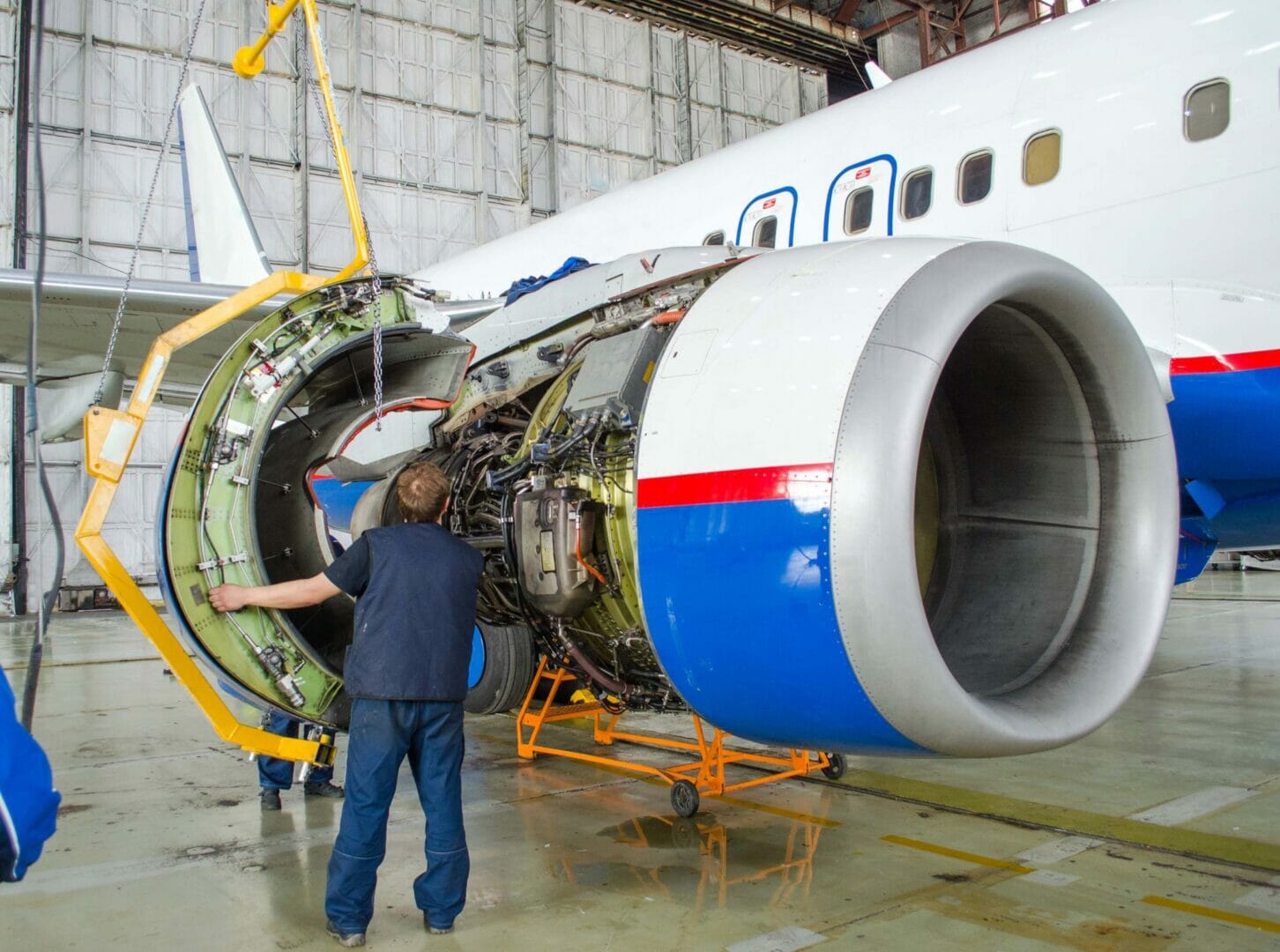The economic and environmental benefits of remanufacturing
Architecture company Rau designed Brummen Town Hall in the Netherlands to last just 20 years. Due to shifting municipality borders, the firm opted for reusable materials that will be dismantled and returned to manufacturers at the end of the building’s working life. Here Jonathan Wilkins, marketing director of obsolete industrial parts supplier, EU Automation discusses the environmental and economic benefits of remanufacturing.
90 per cent of the materials used to build Brummen Town Hall are recyclable. At the end of the building’s life, little material will go into landfill — instead it will be repurposed for other projects. Manufacturers too are considering how materials can be reused, one increasingly popular option is remanufacturing. This is the process of disassembling, cleaning and repairing components so that the product can be reassembled for sale at the performance and quality of a new product.
The technique is predominantly used in the aerospace and automotive sectors. Despite having a history of several decades, there remains some confusion about the differences between reconditioned and remanufactured products. Remanufacturing is a more thorough process, which returns the engine to its original specification, whereas a reconditioned engine may still contain some damaged components.
During the remanufacturing process a product will be collected, inspected, disassembled and then reconditioned and replacement parts added as necessary. The item will then be reassembled, before going through quality assurance and testing to ensure the product is to specification and of a high quality.
The process has been made easier by technologies such as laser metal deposition, which can be used to melt metal powder or wire on a surface. High pressure cold spray technology can also be used to adhere tiny particles to a surface without heat. Developments in scanning technology mean it is easier to compare the remanufactured part to a gold-standard original and to devise a tool path to correct any differences between the two.
As good as new
The remanufacturing sector has an EU market potential of €90bn by 2030, cementing its important role in the future of manufacturing. It is also an important component of the circular economy, where materials can be part of a continual re-use and recycling system to minimise environmental impacts. The Centre for Remanufacturing and Reuse (CRR) was established to promote the technique across Europe. It has led a €1.5 million project, funded by Horizon 2020, to encourage best practise and move remanufacturing to the mainstream.
Because of remanufacturing’s growing popularity, designers are shifting their work to ensure that remanufacturing can be done quickly and easily. Products are therefore being designed with their entire lifecycle in mind, adapting materials and layout accordingly. This lowers the cost and time needed when the time comes for a product to be remanufactured, as the product is designed to be easy to disassemble and rebuild.
At EU Automation, we believe that when a part can be repaired or replaced, it should be. Investment in entirely new equipment is expensive and often unnecessary. Manufacturers can benefit from reconditioned or remanufactured parts, which help processes to run as normal for extended periods. The process also offers environmental benefits, as less waste will go to landfill, and more material is re-used, just like the timber from the Brummen Town Hall will be at the end of its working life.








